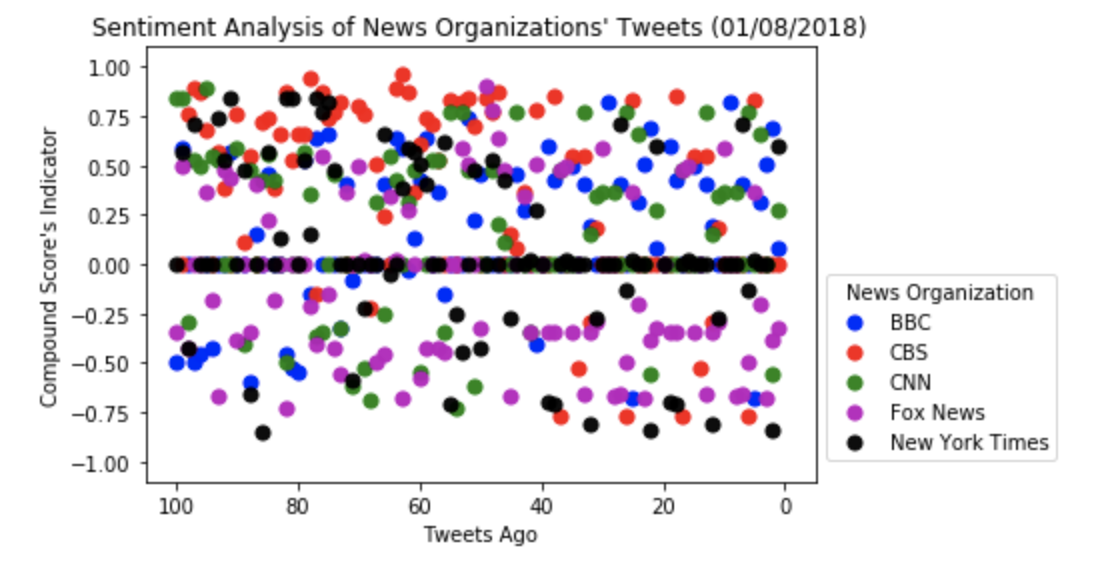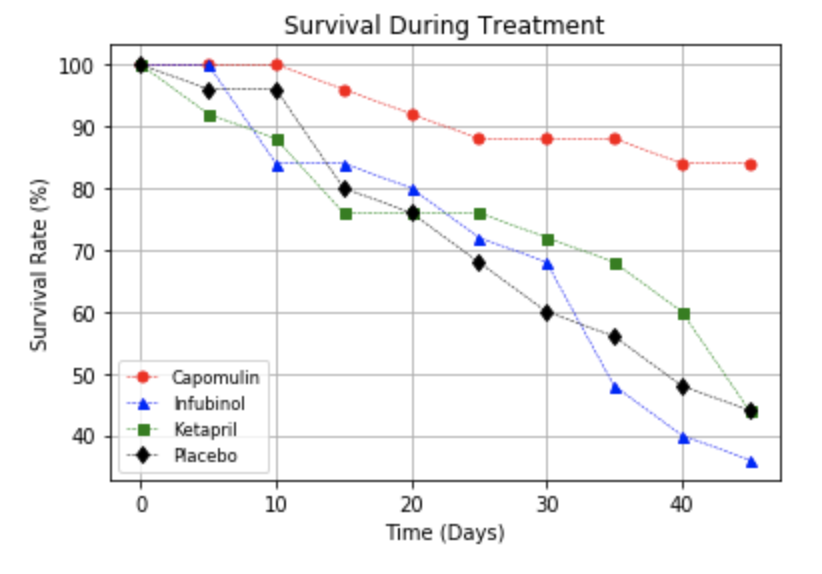
For this project, we analyzed the San Francisco Police Department (SFPD) Incident Report, containing a detailed record of police incidents from 2003 to date—January 2018 as of the date of this project. This report contains over 2 million records, which complicated data movement. To amileriate this issue, we narrowed down the scope of our analysis to the 01/01/2010 to 12/31/2017 time span. In addition to the SFPD report, we also used Census Bureau American Community Survey (ACS) reports for each of the years included in the study report. These reports provided demographic and socioeconomic information that were correlated with the SFPD report to address various questions we explored. To visit the project page on github click here.


